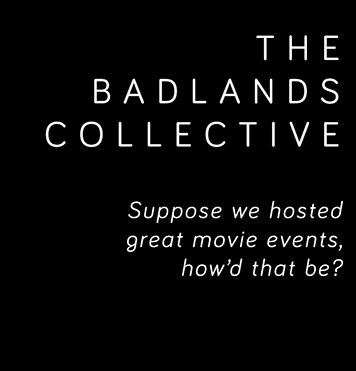
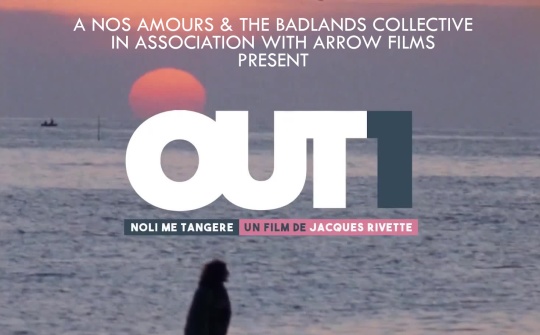
Out 1 – FAQ
What is Out 1?
Out 1 is a 13-hour film by Jacques Rivette.
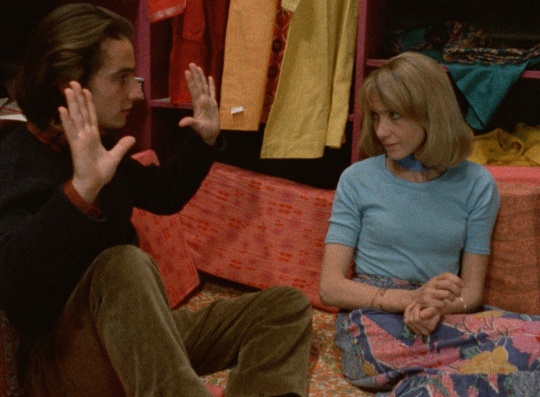
13 hours?
Yes, 773 minutes. The film is structurally indebted to early silent serials, such as Louis Feuillade’s Les Vampires, and is thus divided into eight distinctive episodes of around 90 – 100 minutes each. There are several independent narratives and sub-plots, with many of the characters loosely connected to each other.
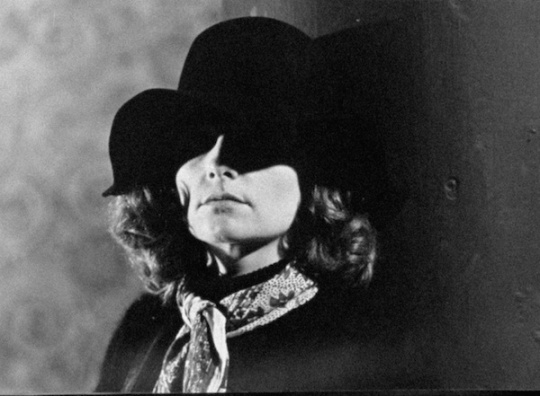
What’s it about?
Made in 1971 and inspired by Honoré de Balzac’s La Comédie humaine, it is an eccentric, playful, multi-stranded puzzle-box epic loosely revolving around a secret society operating in Paris. It stars several heavyweight actors of the age, including Jean-Pierre Léaud, Juliet Berto, Michele Moretti, Michael Lonsdale, Bulle Ogier and Bernadette Lafont.
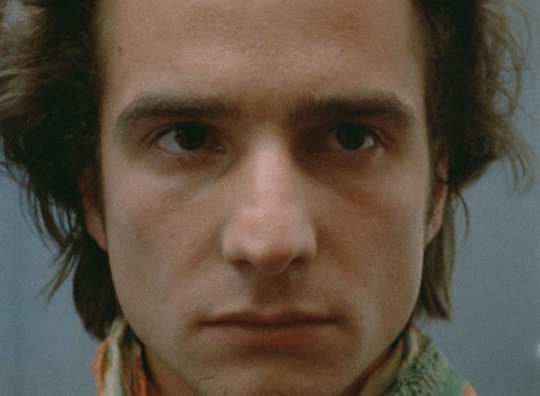
Why is Out 1 important?
There are three key reasons why Out 1 is so important. Firstly, it has been near impossible to see for decades. It screened once in 1971, and subsequent screenings were extremely rare.
Secondly, Out 1 is one of the key works of the French New Wave. The movement – led by critics-cum-filmmakers Jean-Luc Godard, Francois Truffaut, Claude Chabrol and Eric Rohmer, under the auspices of André Bazin – did more to push the medium of filmmaking than any other in the second half of the 20th century. In many ways, Out 1 represents the farthest reaches to which cinema could be pushed at the time.
Finally, Out 1 alters our preconceptions of what cinema can be. Rivette has little regard for the conservative strictures of classical filmmaking, and invites us to think about the very limits of what we consider to be cinema.
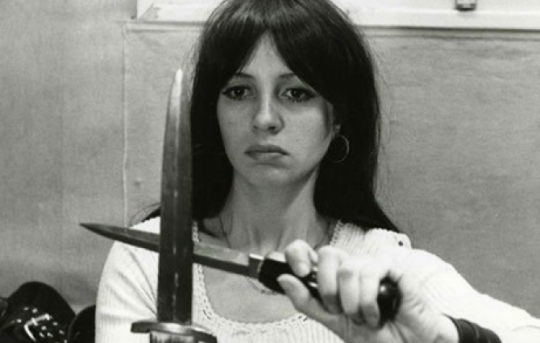
13 hours is a very demanding length. Is it actually any good?
It’s a masterpiece. While it is an admittedly daunting time commitment, it’s still a fun, playful experience. Unlike his New Wave contemporaries, Rivette loved to introduce elements of mysticism and magical realism into his films, infusing everyday events with a sense of the fantastical. Out 1 is, at its heart, a tantalising mystery. It’s strange, funny and completely unpredictable. With its story-within-story, text-within-text structure, it is also a very absorbing picture; a rabbit hole to get lost in.
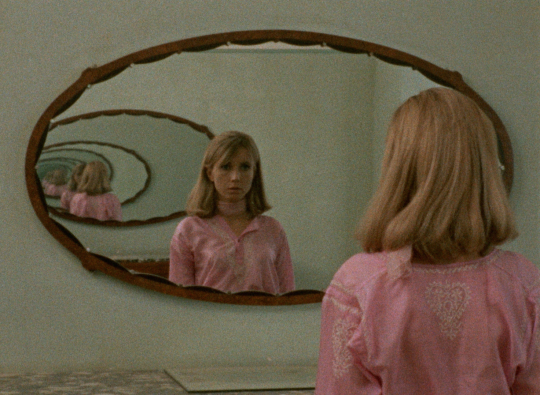
Will there be plenty of breaks during the day?
Yes. There are three breaks on the first day and one on the second (the episodes are significantly shorter on the second day). We have worked very hard to make the screenings as comfortable as possible, given the demanding run time. We also plan on arranging a casual dinner and drinks on the first night, and we would love to see as many of the audience members there are possible.
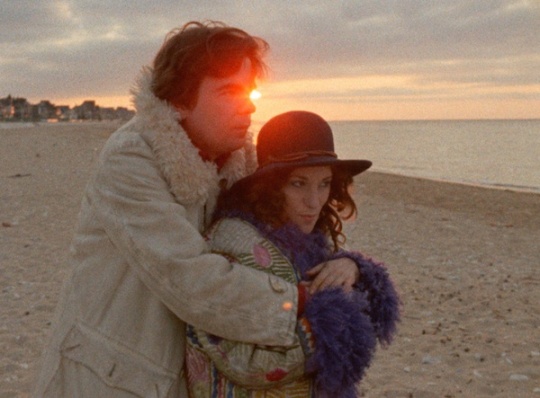
Why is the screening £40?
The Badlands Collective are very concerned about the extortionate prices currently being charged by cinemas in London and we therefore do everything in our power to make our events as inexpensive as possible. The heroes at Prince Charles Cinema are giving up several slots for new releases in order to be able to screen this. Given the length, £40 for the weekend works out as £40 for the equivalent of eight films. Think of it as a film festival consisting of a single film. (Tickets are £35 for members of the Prince Charles Cinema.)
The price is the same as the ICA’s Berlin Alexanderplatz weekender two years ago and is in keeping with the ticket prices for the screenings of Out 1 in the U.S. (BAM in New York are charging $56 for the complete film). £40 is also approximately the price of two tickets for evening screenings at one of the West End’s newly refurbished art houses.
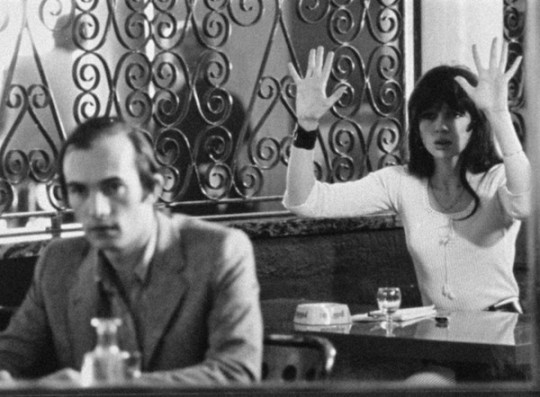
Your website says you need to sell “enough” tickets to ensure the event goes ahead. What does that mean?
The Prince Charles Cinema are taking a huge risk with this screening. They are giving up several prime slots, so we need to ensure that their base costs are covered. The target is low and, while we are very confident that we will exceed it in no time, we would encourage you to book your tickets now to leave no room for doubt. The Prince Charles Cinema want to ensure that the target is met 10 days before the screening takes place.
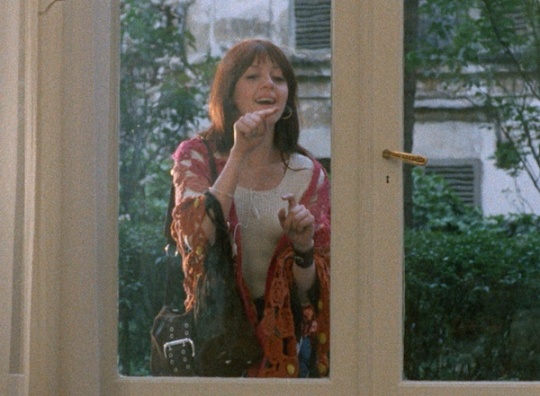
Why aren’t you showing the film on 35mm?
While we always make every effort to screen films on celluloid, the simple truth is that there isn’t a suitable 35mm print of Out 1 in existence. The sole print in the world at the moment has burnt-on German subtitles, which would not make for an ideal viewing experience. However, we are delighted to be screening Arrow Films’ new 2k restoration. This is a DCP struck from Carlotta’s new master, and has already screened to acclaim in France and the U.S.. It is the master that Arrow have used for their much-anticipated Rivette box-set.
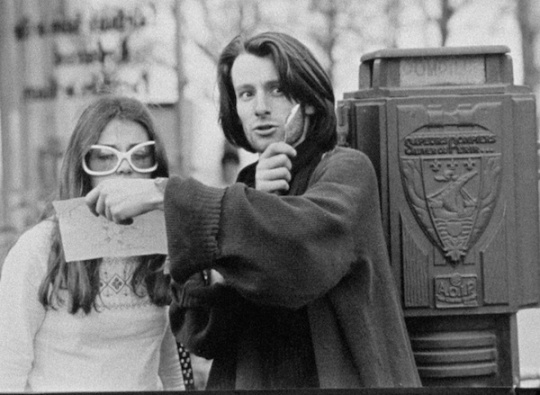
How often has the film actually screened before?
Screenings have been very rare. It was screened once as a “work in progress” in Le Havre in 1971, only to disappear until it was restored and screened at the Rotterdam and Berlin Film Festivals in the early 90s. It then vanished again until it screened as a part of a Jacques Rivette retrospective in Italy in 2004. It has only shown once in the UK, at the BFI’s Rivette season in 2006. Limited subsequent screenings took place, including famous showings in New York and Vancouver. These extremely rare screenings have become the stuff of legend in cinephile circles. The MoMI screening of 2006 has, in particular, become a Sex-Pistols-at-the-100-Club phenomena among New York film lovers.

What is the difference between the Noli me tangere and Spectre cuts of the film?
Noli me tangere is Rivette’s intended 13-hour cut of the film. The legend is that “noli me tangere” (“touch me not”) was written on the film cans of an early print. Though it is not the actual title of the film, it has been widely used to refer to the original, longer cut. Spectre is a 4-hour cut of the film. But it is not merely a shorter cut of the film; it’s a complete reworking, using much of the same material. Rivette himself referred to it as a “critique”.
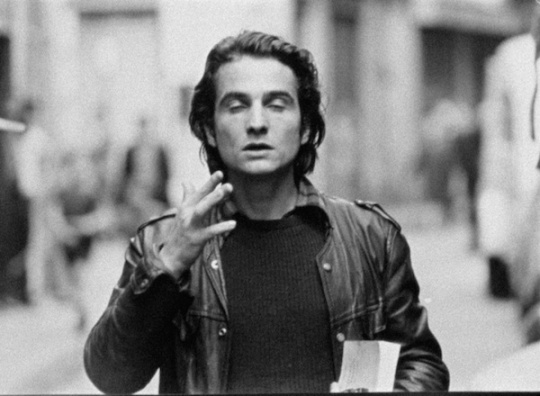
Do I need to have read any of the source material to get the most out of it?
No. While Rivette often built his films around other texts, whether as straight adaptations or as texts explicitly referred to in the narratives, the film itself is always the first and foremost consideration, with the texts serving as springboards or points of reference.
There are four key literary reference points in Out 1: La Comédie humaine by Honoré de Balzac, Prometheus Bound and Seven Against Thebes by Aeschylus and The Hunting of the Snark by Lewis Carrol.
La Comédie humaine is Balzac’s epic, multi-volume collection of novels, stories and essays depicting French society in the post-Napoleonic era. In Out 1, Rivette attempts something similar, but with the landscape of Paris after the civil unrest of May 1968 in the country. The film is explicitly indebted to The History of the Thirteen, a collection of three novellas which form part of La Comédie humaine – Ferragus, The Duchess of Langeais (which was actually adapted into a separate film by Rivette in 2007) and The Girl with the Golden Eyes. “The Thirteen” of the collection are a powerful and sinister secret society operating in 19th century France. This is a central part of Out 1.
Prometheus Bound and Seven Against Thebes are the two plays being rehearsed by the theatre troupes in Out 1. Both were written by Greek playwright Aeschylus around 400 – 500 BC. The former is a tragedy about a Titan who defies the gods and gives fire to humanity, while the latter is the third part of Aeschylus’ Oedipus trilogy.
The Hunting of the Snark is a nonsense poem written by Alice in Wonderland author Lewis Carrol. It charts the travails of a group of people hunting a creature known as a “Snark”. It is referred to in a key message received by a central character in Out 1.
Why is it called Out 1?
In Rivette’s words: “I chose ‘Out’ as the opposite of the vogue word ‘in’, which had caught on in France and which I thought was silly. The action of the film is rather like a serial which could continue through several episodes, so I gave it the number ‘One’.”
How will I feel if I miss this screening?
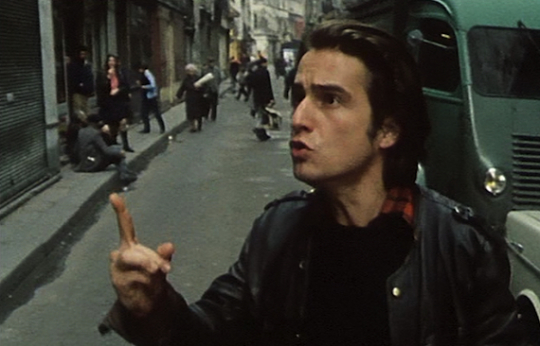
Buy your tickets here: http://www.princecharlescinema.com/events/events.php?seasonanchor=OUT1